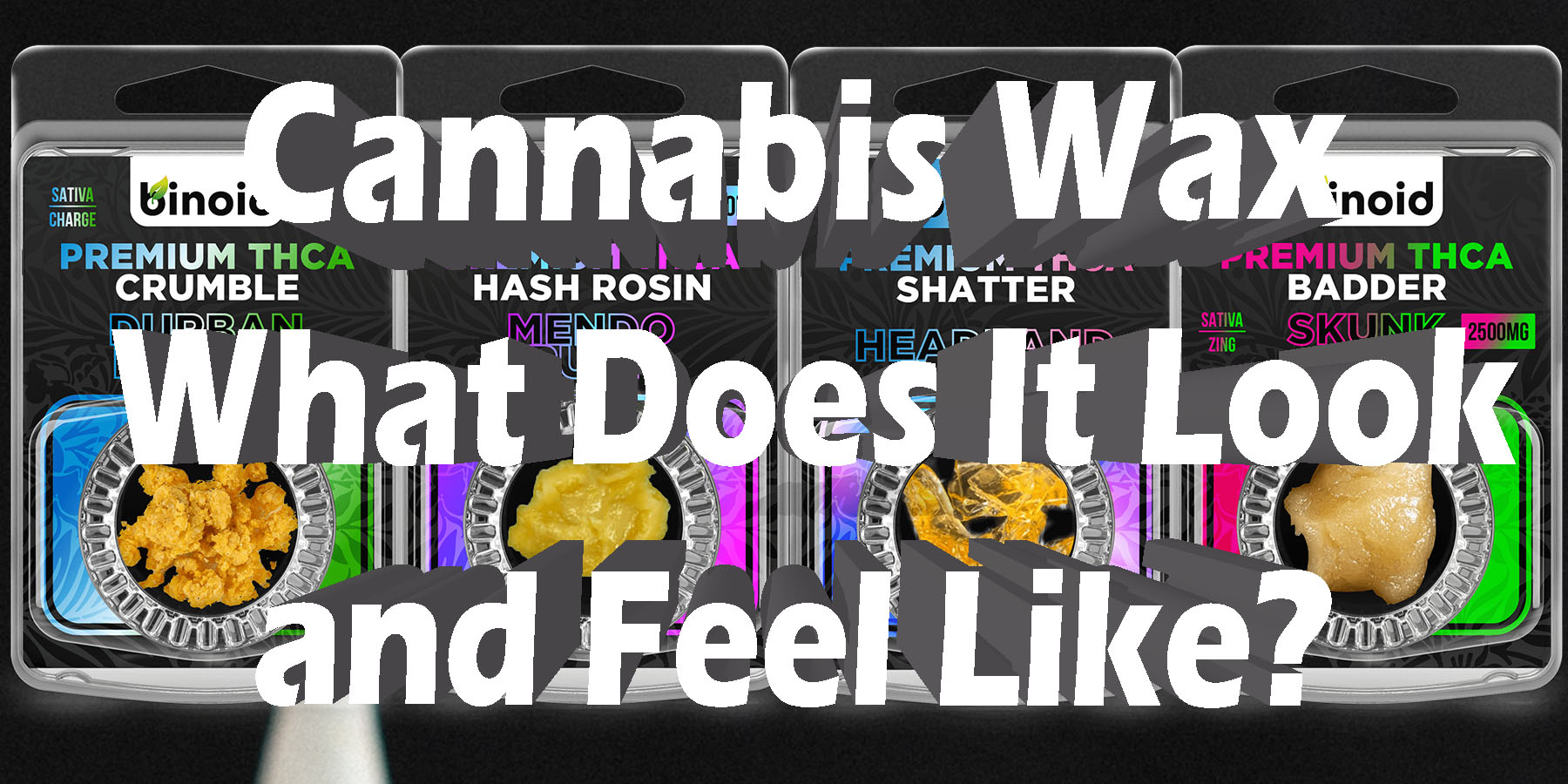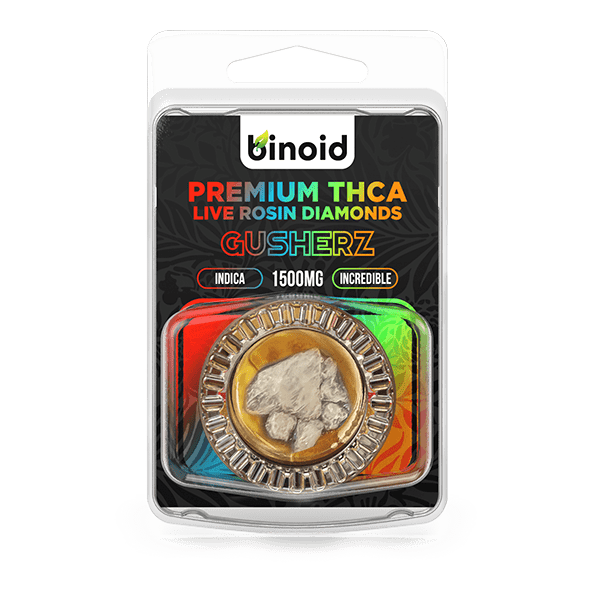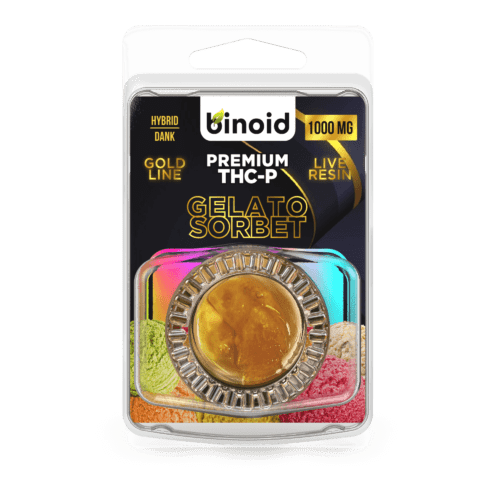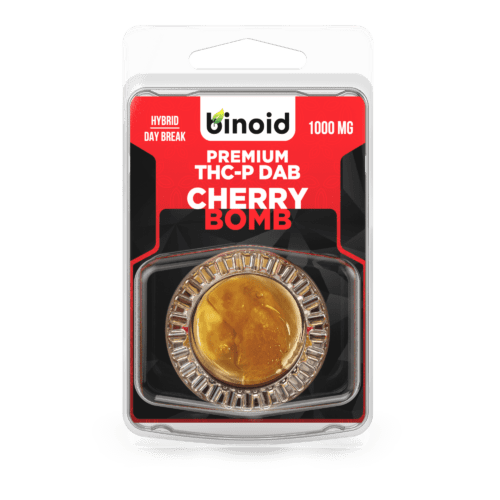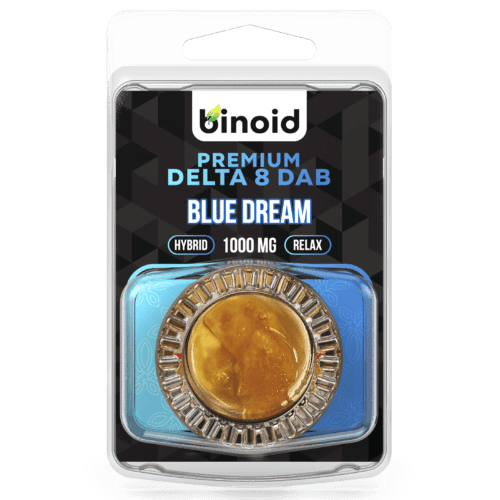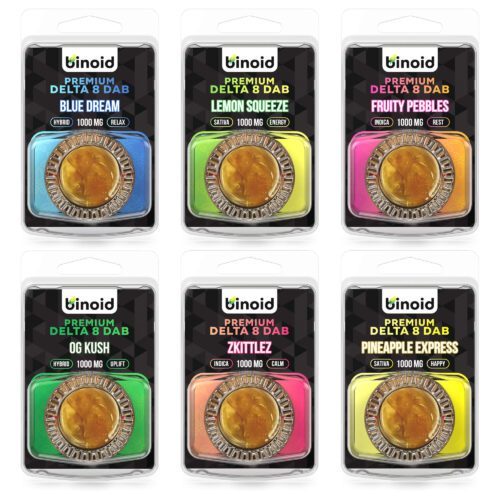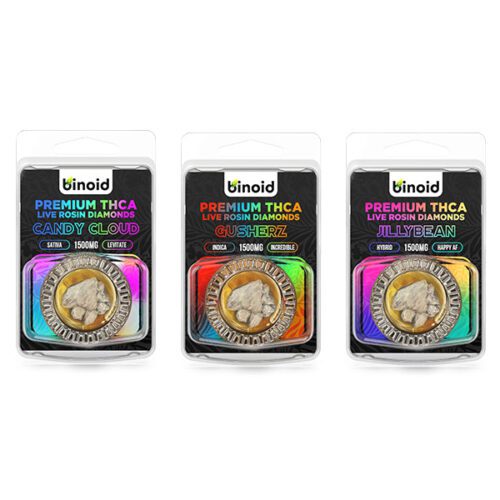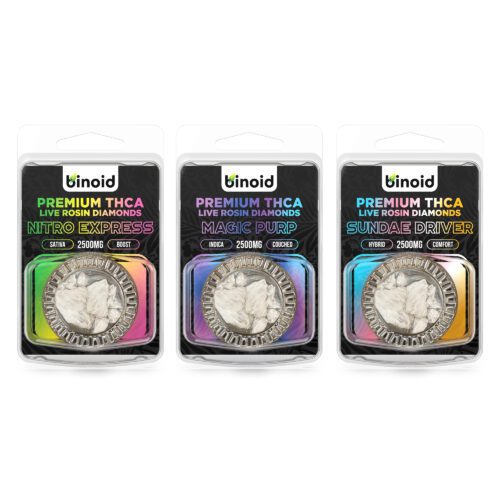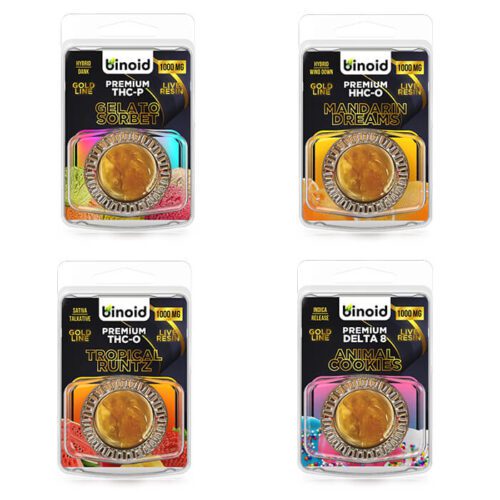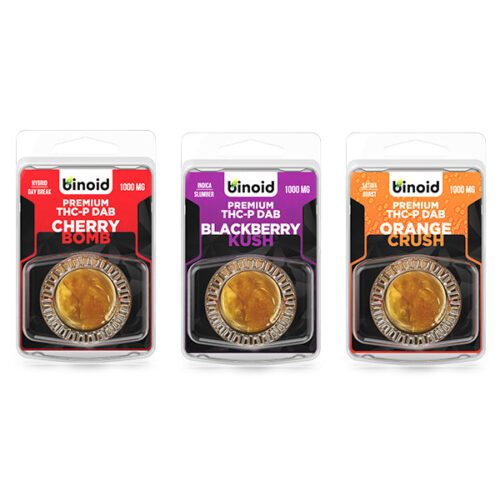Step into the intriguing realm of cannabis concentrate, and you’ll quickly encounter a diverse array of textures, consistencies, and names. Among these, “cannabis wax” stands out, a term that evokes a certain tactile quality even before you lay eyes on it. It’s a product of modern extraction artistry, a testament to how far cannabis processing has come. But what exactly is this waxy wonder?
How does it transform from plant to potent extract, and more importantly, what kind of journey does it offer to those who explore its unique properties? Prepare to uncover the story behind cannabis wax, a concentrate that has firmly established its place in the connoisseur’s collection, offering a distinct experience that many find uniquely satisfying and remarkably potent.
TO BUY CANNABIS WAX CLICK HERE
Recommended products
What is Cannabis Wax and What Does It Like?
Cannabis wax is a specific type of cannabis concentrate, renowned for its high potency and unique, opaque, and malleable texture that, as its name suggests, closely resembles wax. Unlike translucent concentrates such as shatter or oil, wax has a cloudy, creamy, or crumbly appearance, which is a direct result of the agitation it undergoes during the extraction and purging process.
This agitation intentionally disturbs the molecular structure of the extract, causing the cannabinoids and terpenes to crystallize and nucleate in a way that scatters light, leading to its characteristic non-transparent look. It falls under the broader category of Butane Hash Oil (BHO) or hydrocarbon extracts, as butane is one of the most common solvents used in its creation, though other solvents like propane or CO2 can also be employed, followed by specific post-extraction techniques to achieve the waxy consistency.
The appearance of cannabis wax can actually vary quite significantly, leading to a spectrum of textures and sub-names within the “wax” category, such as “budder”, “sugar wax”, “honeycomb”, or “crumble.” Budder tends to be smoother and creamier, much like a thick cake frosting or, indeed, butter, often holding its shape well. Sugar wax has a grittier texture, resembling wet, partially dissolved sugar, with visible granules. Crumble, as the name implies, is drier and more brittle, easily breaking apart into smaller pieces. Honeycomb wax often has a hole-ridden, airy structure.
The color of these waxes typically ranges from a light, pale yellow to a deeper amber or even brownish hue, depending on the starting material, the specific extraction methods used, and the level of purging. Regardless of the exact subtype, the common thread is its non-shatter, opaque quality, and a texture that is distinctly different from clear, glass-like extracts.
When It Was Discovered
The story of cannabis wax is intertwined with the broader history of cannabis concentrates, which themselves have ancient roots in the form of hashish. However, the highly potent, solvent-based extracts we know today, including wax, are a much more recent phenomenon, largely emerging and gaining popularity in the late 20th Century and leading into the early 21st Century. The precise “aha!” moment for wax specifically is harder to pinpoint than the invention of BHO itself, as wax is more of a textural variant that arose from experimentations within BHO production techniques. Early pioneers of modern solvent extraction in the 1970s laid some of the groundwork, but it wasn’t until the 1990s and early 2000s that techniques for making BHO began to spread more widely, albeit often in clandestine settings.
As extract artists became more adept at producing BHO, they started to observe that different agitation levels, temperatures, and purging methods during or after the initial extraction could lead to a variety of consistencies. Initially, super stable, glass-like “shatter” was often the most prized consistency, seen as a sign of purity and proper technique. However, some extractors and users found that slightly different manipulations could produce these softer, waxier textures. These forms were sometimes easier to handle with dab tools and often were perceived to have a robust aroma, as the less stable structure could potentially release terpenes more readily. The deliberate creation of wax, therefore, likely evolved organically as extractors explored the versatility of their craft and as consumer preferences began to diversify beyond just shatter.
By the late 2000s and early 2010s, with the rise of online cannabis forums and the increasing legality of cannabis in certain regions, knowledge sharing about extraction techniques exploded. This period saw a significant refinement and popularization of various concentrate consistencies, including different forms of wax like budder and crumble. Specific techniques to encourage these textures, such as whipping the extract during purging, became more standardized.
The demand for these products grew as dabbing became a more mainstream method of consumption, and waxes offered a potent and flavorful option that was distinct from traditional flower or hashish, carving out their own significant niche in the rapidly expanding cannabis market. The ongoing innovation continues, with extractors constantly pushing boundaries to create cleaner, more potent, and more diverse textural experiences.
Recommended products
How It’s Exactly Created
The creation of cannabis wax is a fascinating blend of chemistry and craft, a multi-step process designed to isolate and concentrate the most desirable compounds from the cannabis plant – cannabinoids and terpenes – into a potent, waxy form. It requires precision, attention to safety (especially when using flammable solvents), and a good understanding of how different variables can impact the final product’s texture and quality.
Here’s a detailed look at the typical steps involved in producing cannabis wax:
Material Selection: The process begins with selecting cannabis plant material. This can range from high-quality buds (nug run) to trim (leaves and plant bits left over after manicuring buds). The quality and strain of the starting material will significantly influence the terpene profile, potency, and overall characteristics of the final wax. Unlike live resins, the plant material used for traditional wax is typically dried and cured, though some variations might use fresh frozen material and then process it to achieve a waxy texture.
Packing the Extraction Column: The chosen plant material is packed into a specialized extraction tube or column, usually made of stainless steel or glass. It’s important to pack the material appropriately – not too loose, which would allow the solvent to channel through without sufficient contact, and not too tight, which could impede flow and create dangerous pressure buildup.
Solvent Introduction (The “Wash”): A chilled hydrocarbon solvent, most commonly n-butane (or a blend like BHO/PJO – butane/propane mix), is passed through the column containing the plant material. Propane is sometimes favored as it can strip more terpenes due to its lower boiling point. The solvent acts to dissolve the cannabinoids (like THCA, CBDA) and terpenes from the trichomes on the plant surface. The temperature of the solvent and the plant material is often kept very low to minimize the extraction of undesirable compounds like chlorophyll and plant waxes (lipids), which can lead to a cleaner end product.
Collecting the Solution: As the solvent passes through the plant material, it becomes a golden or amber-colored solution rich in dissolved cannabinoids and terpenes. This solution is collected in a separate vessel, often a Pyrex dish or a specialized collection chamber attached to a closed-loop extraction system.
Initial Solvent Purging (Off-Gassing): The next crucial step is to remove the residual solvent from the collected solution. This is typically done using a vacuum oven and gentle heat. The extract is spread thinly onto parchment paper or silicone mats placed on shelves inside the vacuum oven.
Heat Application: Gentle heat (usually between 90°F-115°F or 32°C-46°C, depending on the desired consistency and to preserve terpenes) is applied. Heat helps to agitate the molecules and encourages the solvent to evaporate.
Vacuum Application: A vacuum pump is connected to the oven, reducing the atmospheric pressure inside. This significantly lowers the boiling point of the solvent, allowing it to evaporate at lower temperatures, which is crucial for preserving the delicate terpenes and preventing degradation of cannabinoids. The bubbling you see during this stage is the solvent escaping.
Agitation for Wax Consistency: This is the key step that differentiates wax from other consistencies like shatter. To achieve a waxy texture, the extract is agitated at some point during or after the initial purge. This can be done in several ways:
Whipping: The most common method involves whipping the oil while it’s still somewhat viscous and warm, often on a heat mat or during the purging process. This incorporates air and physically disturbs the molecules, preventing them from settling into an ordered, transparent structure like shatter. The whipping action encourages nucleation, where cannabinoids begin to form micro-crystals, and these crystals scatter light, resulting in an opaque appearance.
Auto-Buddering/Auto-Waxing: Sometimes, certain strains or terpene profiles naturally lend themselves to “auto-buddering” or “waxing up” even with minimal agitation, especially if there’s a higher lipid content or specific terpene ratios.
Controlled Nucleation: Factors like temperature fluctuations, residual moisture, or specific terpene concentrations can also promote the formation of a waxy or budder-like consistency without aggressive whipping.
Final Purging: After the desired texture begins to form, the wax undergoes further purging in the vacuum oven to remove as much residual solvent as possible, aiming for levels below regulatory limits (often measured in parts per million, PPM). This can take anywhere from 24 to 72 hours, or even longer, with the product sometimes being “flipped” or agitated further to expose more surface area and ensure thorough purging. The goal is a clean, potent, and safe-to-consume product.
Collection and Storage: Once fully purged and the desired consistency achieved (e.g., budder, sugar wax, crumble), the cannabis wax is carefully scraped from the parchment paper or mats and typically stored in airtight, lightproof containers (often silicone or glass) to protect it from degradation and preserve its terpene profile.
Throughout this process, extractors must adhere to strict safety protocols, especially when working with flammable solvents like butane, often utilizing certified closed-loop extraction systems and proper ventilation to prevent accidents. The artistry lies in manipulating the variables at each stage to consistently produce a high-quality wax with the desired texture, potency, and flavor.
Recommended products
What Does Cannabis Wax Feel Like – Physically and Mentally?
Embarking on an experience with cannabis wax is to engage with a concentrate known for its robust character and impactful presence. The “feel” of cannabis wax extends beyond just the psychoactive journey; it encompasses the tactile nature of the product itself, the sensations during consumption, and the subsequent cascade of physical and mental shifts. It’s a concentrated essence of the cannabis plant, and as such, it often delivers a more pronounced and immediate series of sensations compared to traditional flower. The interaction begins with its unique waxy form, hinting at the potent experience locked within its opaque structure, leading into a journey that can be both deeply relaxing and mentally uplifting, depending on its specific profile.
What Cannabis Wax Feels Like Physically
Physically, before consumption, cannabis wax offers a distinct tactile experience depending on its sub-type. Budder might feel soft, pliable, and almost creamy to the touch of a dab tool, while sugar wax will have a more granular, slightly sticky feel. Crumble is noticeably drier and will break apart easily. When consumed, typically via dabbing or vaporization, the initial physical sensation is often a powerful wave of warmth or a tingling sensation that can spread rapidly through the body. Due to its high potency, users often report a more immediate and intense bodily effect than with flower.
This can manifest as a profound sense of physical relaxation, where limbs feel heavier and muscles loosen. Depending on the strain’s terpene profile, particularly those rich in myrcene or caryophyllene, the physical feeling can be deeply calming and may encourage a state of comfortable stillness, making it a popular choice for unwinding and achieving a state of bodily ease.
What Cannabis Wax Feels Like Mentally
Mentally, the journey with cannabis wax is often characterized by its potency and the clarity it can sometimes offer, despite its strength. The onset of effects is typically rapid, leading to a swift shift in consciousness. Users often describe an initial surge of euphoria, a notable uplift in mood that can inspire feelings of bliss and contentment. Depending on the cannabinoid and terpene profile, particularly the THC content and the presence of terpenes like limonene or pinene, the mental effects can range from heightened creativity and focus to a more introspective and meditative state.
Many find that wax can provide a powerful sense of being “chilled out”, allowing the mind to detach from the usual flurry of thoughts and settle into a more serene and peaceful state. The intensity means that the mental landscape can transform quite dramatically, often leading to a novel perception of surroundings and a general feeling of well-being.
Can Cannabis Wax Get You High?
Absolutely, cannabis wax is renowned for its capacity to induce a strong and often very intense high. This is its primary appeal for many users. The reason for its powerful psychoactive potential lies in its concentrated nature; cannabis wax typically contains a very high percentage of cannabinoids, with THCA (which converts to Delta 9 THC upon heating) often ranging from 60%-90%, and sometimes even exceeding these levels. This is significantly higher than the THC content found in even the most potent cannabis flower, which usually tops out around 30%-35%.
When this highly concentrated THCA is decarboxylated through the heat of a vaporizer or a dab rig nail, it transforms into Delta 9 THC, the principal psychoactive compound in cannabis, which then interacts with the body’s endocannabinoid system, particularly the CB1 receptors in the brain, to produce the characteristic effects associated with being high. The rapid delivery and high bioavailability of cannabinoids through inhalation methods like dabbing also contribute to a quick onset and pronounced experience.
What Can Influence Your Cannabis Wax High?
The specific high you experience from cannabis wax isn’t predetermined; it’s a dynamic interplay of various elements. From your own unique biology to the specific chemical makeup of the wax and how you consume it, numerous factors contribute to shaping your individual journey. Understanding these influences can help you better anticipate and tailor your experiences.
#1: Your Body Type and Tolerance to Cannabis Wax
Your unique physiological makeup, including factors like your metabolic rate, body weight, and the inherent sensitivity of your endocannabinoid system, plays a fundamental role in how you process and react to cannabis wax. Individuals with a faster metabolism might experience a quicker onset and potentially a shorter duration of effects, while those with a slower metabolism might find the effects take longer to manifest but also last longer. Furthermore, your accumulated tolerance to cannabinoids is a critical factor. If you are new to cannabis or concentrates, even a very small amount of wax can produce powerful effects due to its high THC concentration. Conversely, a regular consumer with a developed tolerance will likely require a larger dose to achieve the same intensity of high, as their cannabinoid receptors have adapted to previous exposure.
#2: How Much Cannabis Wax You Use
The quantity of cannabis wax consumed is arguably one of the most direct and significant influencers of the intensity and nature of your high. Given that wax is a highly concentrated product, even a small difference in the amount used can lead to a vastly different experience. A tiny dab, perhaps the size of a grain of rice or smaller, might be sufficient for a novice user or someone seeking milder effects, providing a pleasant uplift and relaxation. However, taking a substantially larger dab can lead to an overwhelmingly potent experience, potentially bringing on very strong euphoric sensations or deep relaxation that might be more than anticipated. It’s always advisable, especially for those less experienced with concentrates, to start with the smallest effective dose and gradually increase if desired, allowing time to gauge the effects before consuming more. This careful approach helps prevent overconsumption and ensures a more controlled and enjoyable experience.
Recommended products
#3: The Combination of Cannabinoids
Cannabis wax, particularly if it’s a full-spectrum extract, contains a diverse array of cannabinoids, not just Delta 9 THC (typically derived from THCA). This rich tapestry of compounds interacts synergistically, an effect often called the “entourage effect”, where the combined action of multiple cannabinoids (and terpenes) creates a unique and often more nuanced high than a single cannabinoid would alone. The specific ratios of these cannabinoids can significantly modulate the overall psychoactive and physiological journey, leading to a wide spectrum of potential experiences:
CBD (Cannabidiol): When CBD is present in notable amounts within your cannabis wax, you might find the overall potent high to be more tempered and well-rounded. While the wax’s THC will still deliver its characteristic strength, the CBD can subtly moderate the sheer intensity, potentially leading to a high that feels less overwhelming and more clear-headed. This means you might experience the profound physical relaxation typical of wax with a reduced chance of any THC-induced anxiousness, allowing for a deeply chilled-out yet manageable sense of bliss.
CBN (Cannabinol): If your cannabis wax has a higher CBN content, which often occurs as THC ages or degrades, the effects of your dab might lean more towards profound physical ease and a tranquil state of mind. CBN is known for its capacity to enhance feelings of deep relaxation, so in a wax, it could amplify the couch-lock potential or make the euphoric sensations feel dreamier and more subdued, steering the experience towards a very calm and restful feeling.
CBG (Cannabigerol): The presence of CBG in your cannabis wax could contribute to a more focused and potentially uplifting experience, even amidst the wax’s inherent potency. While non-intoxicating on its own, CBG is thought to interact with other cannabinoids to potentially brighten the mood. In a wax, this might translate to a ‘high; that feels less hazy and more mentally alert, allowing the euphoria to coexist with a sense of clarity.
THCA (Tetrahydrocannabinolic Acid): This is the star precursor in your cannabis wax before heating it. A high THCA percentage directly indicates the powerful potential locked within your wax. Upon dabbing or vaping, this THCA converts to Delta 9 THC, unleashing the primary psychoactive force. Therefore, a wax with a dominant THCA profile promises a strong, classic cannabis high, with the specific nuances then being shaped by the terpenes and other minor cannabinoids present.
Delta 8 THC (Delta-8-Tetrahydrocannabinol): Should your cannabis wax contain a significant portion of Delta 8 THC, the resulting high might be noticeably milder and more clear-headed than a standard Delta 9 THC-dominant wax. Users often find Delta 8 wax provides a smoother, less edgy euphoria, with a greater emphasis on physical relaxation without as much mental fog. This makes a Delta 8-rich wax a good option if you’re seeking potent effects but prefer a more chilled-out and less intense psychoactive journey.
Delta 9 THC (Delta-9-Tetrahydrocannabinol): Once THCA in your wax is heated, Delta 9 THC becomes the principal driver of the experience, responsible for the powerful psychoactive effects. A wax rich in Delta 9 THC will deliver that quintessential strong cannabis high, characterized by significant euphoria, altered sensory perception, and a potent shift in consciousness. The intensity of these effects in the wax will be directly related to the Delta 9 THC concentration.
Delta 10 THC (Delta-10-Tetrahydrocannabinol): If Delta 10 THC is a notable component of your cannabis wax, you might experience a high that leans more towards energizing and uplifting sensations, often described as more sativa-like. This could mean your wax dab, while still potent, might inspire more activity, creativity, or social interaction, offering a less sedative and more cerebrally stimulating form of euphoria compared to other THC variants.
THCV (Tetrahydrocannabivarin): The inclusion of THCV in your cannabis wax could lead to a notably different type of high. Depending on its concentration, THCV can provide a more stimulating and clear-headed psychoactive effect, often with a quicker onset and shorter duration. Some users find THCV-rich waxes to be less prone to inducing hunger, and the euphoria can feel more energetic and focused, making for a unique and often invigorating wax experience.
THC-B (Tetrahydrocannabutol): If THC-B is present in your cannabis wax, expect a potential amplification of the overall potency and euphoric qualities. THC-B is considered to bind strongly to cannabinoid receptors, so even in smaller amounts, it could make your wax feel notably more powerful and the blissful sensations more pronounced, adding an extra layer of intensity to the high.
THC-H (Tetrahydrocannabihexol): The presence of THC-H in your cannabis wax formulation suggests you are in for a very potent experience. As THC-H is reported to be significantly stronger than Delta 9 THC, its contribution to the wax would likely be an intensified and possibly longer-lasting high, with potentially profound euphoric and deeply relaxing effects that stand out even in a typically strong concentrate.
THC-P (Tetrahydrocannabiphorol):If your cannabis wax contains THC-P, even in trace amounts, be prepared for a significantly amplified and extended high. THC-P’s exceptionally high binding affinity for CB1 receptors means it can dramatically increase the perceived potency of the wax, leading to an intensely euphoric and potentially very long-lasting journey that might be far more powerful than what the Delta 9 THC content alone would suggest.
HHC (Hexahydrocannabinol): When HHC is a key cannabinoid in your cannabis wax, the experience is often described as being very similar to a traditional THC high but with its own subtle distinctions. HHC wax might provide a more prolonged sense of euphoria and relaxation, with some users finding it to be a bit more resistant to degradation, offering a consistently potent and smooth dabbing experience that feels both familiar and uniquely robust.
HHC-O (HHC Acetate): If you’re using an HHC-O wax, the effects might take a little longer to onset compared to standard HHC or THC wax, as HHC-O is a prodrug. However, once it converts to HHC in your body, expect a significantly more potent version of the HHC high. This means the wax could deliver an intensified euphoria and deeper relaxation that builds over time, offering a powerful and enduring experience.
HHC-P (Hexahydrocannabiphorol): Similar to THC-P, if HHC-P is found in your cannabis wax, it signals an extremely potent concentrate. HHC-P is anticipated to be much stronger than HHC, potentially leading to a very intense, long-lasting high with profound euphoric and deeply impactful sensations. A wax containing HHC-P would be among the most powerful concentrate experiences available.
Recommended products
#4: The Potential Use of An Additional Concentrate
Enhancing your cannabis wax experience by combining it with another type of concentrate, a practice sometimes called “twaxing” (when adding concentrate to flower) or simply “mixing dabs,” can significantly alter and often intensify the effects, flavor, and overall journey. Each concentrate brings its own unique profile of cannabinoids, terpenes, and consistency, which, when combined with wax, can create a synergistic effect, leading to a more complex and potent high. This allows for a customized experience, tailoring the effects to achieve a specific desired outcome, whether it’s boosting the flavor, increasing the intensity, or modulating the type of relaxation or euphoria experienced. And so, below are some additional concentrates that might be combined with cannabis wax:
Live Resin: Prized for its high terpene content, live resin is extracted from fresh-frozen cannabis plants to preserve the full aromatic profile. Adding live resin to wax can dramatically enhance the flavor and aroma of the dab, introducing a brighter, more complex bouquet and potentially modulating the high with a richer entourage effect, often leading to a more vibrant and nuanced euphoria.
Live Rosin: A solventless extract made from ice water hash derived from fresh-frozen material, live rosin is pressed using heat and pressure. It’s celebrated for its purity and rich terpene profile. Combining live rosin with wax can offer a very clean, terpene-forward experience with the added punch of the wax’s cannabinoid content, resulting in a potent, flavorful, and often exceptionally smooth sensation of bliss.
Sugar (Sugar Wax): While “sugar” is already a type of wax, if you have a budder or crumble wax, adding a distinct sugar wax from a different strain can introduce new flavors and slightly alter the texture of the dab. This can create a more layered flavor profile and combine the effects of two different strains for a more complex ‘high’, potentially leading to a more diverse sense of relaxation.
THC Diamonds (Rosin or Resin): These are highly purified, crystalline forms of THCA, often found in a terpene-rich “sauce.” Adding these potent crystals (whether derived from resin or rosin processes) to your wax will significantly boost the overall THCA/THC content, leading to a much more intense and powerful psychoactive effect. This combination is favored by those seeking maximum potency and a profound, euphoric journey.
#5: Cannabis Wax Delivery Method
The method you choose to consume your cannabis wax plays a crucial role in shaping the onset, intensity, and duration of your high, as well as the overall flavor experience. Different delivery systems have varying efficiencies and heat profiles, which impact how the cannabinoids and terpenes are vaporized and absorbed.
Vaping (using a vaporizer): Utilizing a portable vape pen designed for concentrates or a desktop vaporizer with a concentrate pad/chamber allows for more controlled temperature settings. This can preserve more of the delicate terpenes, leading to a more flavorful experience compared to higher-temperature methods. The onset of effects is still relatively quick, usually within minutes, as the vapor is inhaled directly into the lungs, offering a potent but often smoother and more nuanced journey into a relaxed state.
Dabbing the wax concentrate: Dabbing is the most common and direct method for consuming cannabis wax. It involves using a dab rig, which consists of a water pipe, a “nail” (usually quartz, titanium, or ceramic), and a torch (or e-nail) to heat the nail. A small “dab” of wax is applied to the hot nail, instantly vaporizing it for inhalation. Dabbing typically delivers a very concentrated dose quickly, leading to a rapid onset of intense effects, often described as a powerful wave of euphoria and potent bodily sensations.
Recommended products
#6: That Said Product’s Strain
The product’s strain you buy makes a big difference, too. The strain refers to the specific terpene and cannabinoid profile of the cannabis variety used to make the wax, and each terpene offers distinctive effects as well as a unique flavor and aroma that fundamentally shapes the user’s experience. Terpenes are aromatic compounds that work synergistically with cannabinoids like THC to produce the nuanced effects we associate with different strains, contributing to whether the high feels more uplifting or more relaxing. There are three main types of strains, and within each type there are many individual strains that you can choose from, each offering a unique path to your desired state:
Indica: Widely celebrated for their potential to induce a deeply mellowing effect on both mood and the physical body, often leading to profound relaxation and a chilled-out disposition. Many users prefer Indicas for evening use or when seeking to unwind and achieve a state of calm and tranquility. You can find full Indica strains, which strongly embody these classic sedative qualities; Indica-leaning hybrids, which retain these dominant traits while incorporating subtle influences from Sativa genetics; and Indica-dominant strains, where the deeply relaxing Indica effects are foremost but are often balanced by other pleasant characteristics.
Sativa: Are frequently the daytime go-to for many, as they are often associated with effects that can be energizing, uplifting to the spirits, and stimulating to the mind. Individuals might choose Sativa-based waxes when looking for a spark of creativity, a wave of euphoria, or an invigorating experience that promotes activity and alertness without heavy bodily sensations. Just as with Indicas, there are full Sativa strains offering purely these characteristics; Sativa-leaning hybrids that blend Sativa’s brightness with calming undertones; and Sativa-dominant strains that prominently feature these awakening and mood-lifting properties.
Hybrid: The fascinating outcome of meticulously crossbreeding Indica and Sativa plants, ingeniously designed to capture and combine the most sought-after traits from both parent lineages. This agricultural artistry results in an incredibly diverse spectrum of potential effects, frequently offering a harmonious and nuanced balance between the characteristic physical relaxation of Indicas and the cerebral uplift typical of Sativas. Many popular hybrids are bred to be close to a 50/50 Indica/Sativa ratio, providing a well-rounded experience, but they can also be artfully cultivated with ratios like 55/45, allowing for a gentle inclination towards either Indica or Sativa effects, depending on the specific genetic heritage of the strains involved in the cross.
#7: Your Overall State of Mind
Your mental and emotional landscape at the moment of consumption, often referred to as your “set,” plays an incredibly significant role in shaping your cannabis wax experience. If you approach the session feeling positive, calm, and open to the experience, you are far more likely to find the resulting high to be enjoyable, blissful, and euphoric. A positive mindset can amplify the mood-lifting properties of the wax, leading to enhanced creativity or a greater appreciation for your surroundings. Conversely, if you are feeling agitated, uneasy, or are in a stressful environment (“setting”), the potent effects of cannabis wax could potentially magnify these underlying negative feelings, leading to a less comfortable or more introspective journey than desired. Therefore, being mindful of your current emotional state and choosing to consume in a comfortable, safe, and supportive environment can profoundly influence the quality of your overall high, steering it towards a more relaxed and pleasant outcome.
Final Cannabis Wax Feelings Thoughts
Cannabis wax, in its myriad forms from creamy budder to crumbly bits, offers more than just a potent punch; it presents a unique tactile and sensory engagement. The journey from observing its opaque, rich hues to experiencing its characteristic effects is a testament to the intricate dance between botanical compounds and skilled extraction. Each dab or vape hit is an invitation to explore a concentrated facet of the cannabis plant, a different expression of its potential for inducing states of profound relaxation or uplifting euphoria. The true character of any given wax experience unfolds uniquely for each individual, a personalized narrative written by the interplay of strain, chemistry, and personal context. As you navigate this waxy terrain, may your explorations be filled with delightful discoveries and a deeper appreciation for the nuanced artistry held within these potent golden concentrates.

